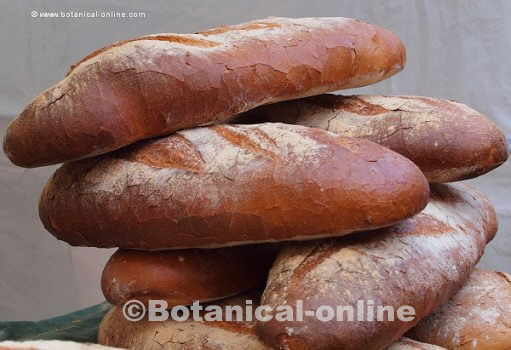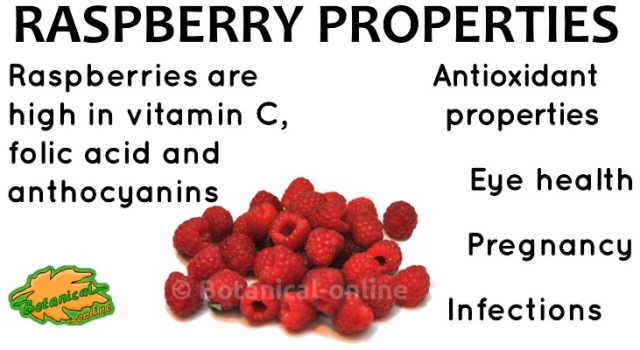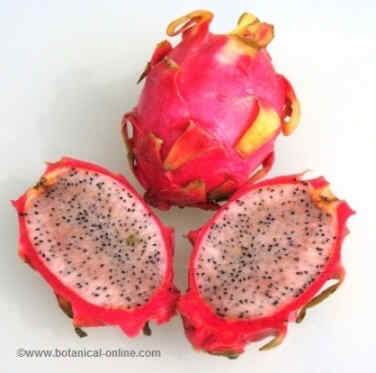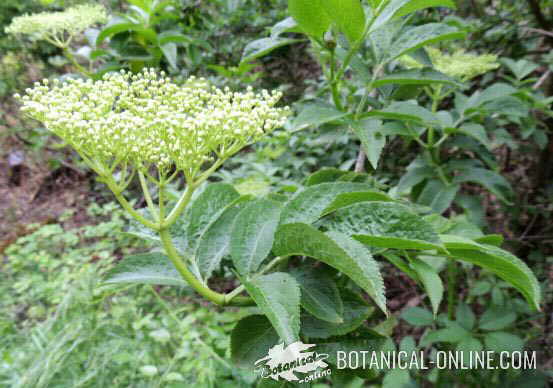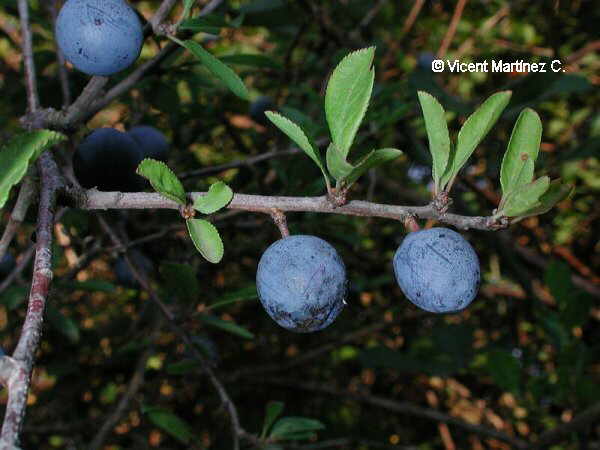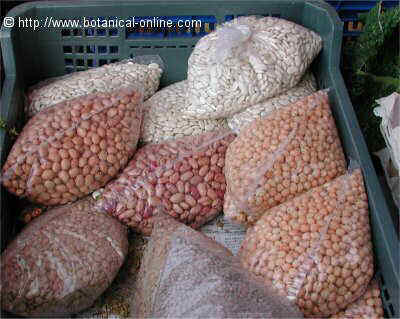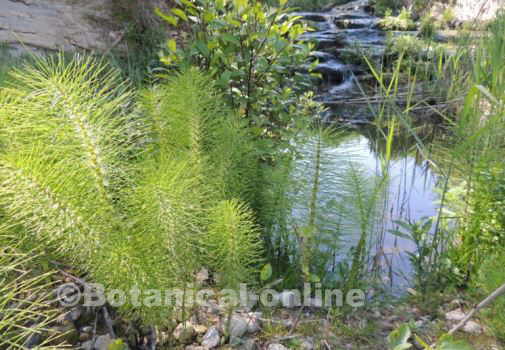Contents
- 1 Definition of annual plants
- 1.1 What are annual plants?
- 1.2 Annual plant growth cycle
- 1.3 Differences of annual plants with other types of cycles
- 1.4 Types of annual plants
- 1.5 Annual seasonal flower plants
- 1.6 Annual plants used in food
- 1.7 Garden weeds, or annual wild plants
- 1.8 How to know if a plant is annual?
- 1.9 Tricks to differentiate an annual plant
- 1.10 Characteristics of annual plants
- 1.11 Where can annual plants be found?
- 1.12 Annual weed or ruderal plants
- 1.13 Annual weeds or wild plants
- 1.14 Annual ruderal plants
- 1.15 How do annual plants survive?
Definition of annual plants
What are annual plants?
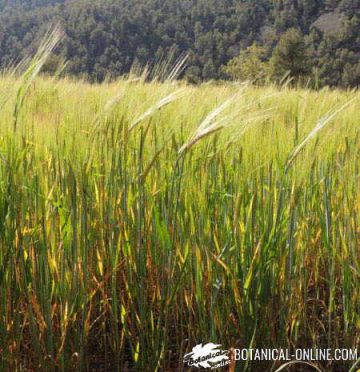
Annual plants are those plants that complete their life cycle, from germination to seed production, in the course of a year. They are fast growing plants since the first year of cultivation they already produce flowers, fruits and seeds.
In horticulture and gardening, annuals only live or are grown in one season, therefore only a vegetative period. They are plants that grow quickly and have a very short cultivation period.
Annual plant growth cycle
Annual plants are mostly born, grow, bloom during spring and summer, and bear fruit in late summer or fall. In this way, they can disperse their seeds before the fruits of the plantations where they grow can be harvested. Thus they ensure their continuity for the coming year.
Differences of annual plants with other types of cycles
Annual plants are distinguished from perennials because the latter last more than one season. They also differ from biennial plants in that annual plants produce flowers and fruit in their first year of growth.
Types of annual plants
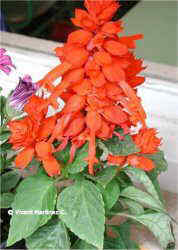
We can group annual plants into groups according to their use. We have to take into account that some of them can be used for various purposes:
- Seasonal flowers
- Annual plants used in food
- Garden weeds
Annual seasonal flower plants
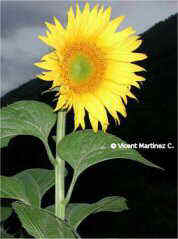
Many seasonal flowers used in gardening are annuals, however, some of them, in their region of origin or when they are grown in places that present similar climatic conditions to those of their place of origin, are actually perennial. Such is the case of scarlet sage (Salvia splendens), a flower native to Brazil, where it lives permanently, but must be grown in colder places as an annual plant.
Plants that are annual in their place of origin remain that way when grown or naturalized elsewhere. Such is the case of sunflower (Helianthus annuus), a herb from America, where it was already cultivated in 1,000 BC, and which was imported to Europe in the 16th century.
Annual plants used in food
A classic example of annuals are cereals, such as wheat, which germinate and fruit in the same year. This type of crop provides very important food worldwide, such as corn, rice (Oriza sativa), oats (Avena sativa), wheat (Triticum aestivum), etc.
In addition, many legumes and vegetables are grown from annuals. Such is the case, for example, with beans (Phaseolus vulgaris), peas (Pisum sativum), soybeans (Glycine max) or lentils (Lens culinaris).
Garden weeds, or annual wild plants
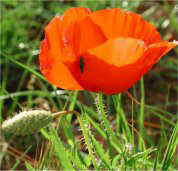
In our place of origin, we can distinguish authentic annuals by looking at native plants that grow freely in the field.
Among these the most obvious are annual herbs. Thus, within these, we would have plants as common as poppy (Papaver sp.) That grows abundantly in the cultivation fields of Europe, Asia and North Africa or common fumitory (Fumaria officinalis), indigenous plant of the area European Mediterranean and Asian areas with temperate climates. In herbal medicine many annuals are used as healing herbs, other annuals are: navelwort.
How to know if a plant is annual?
The best way to make sure is to consult a botanical guide, a garden guide, a flower guide, or on this website (Botanical-online). In this type of documentation, a series of characteristics of the specific species will be specified: life cycle, flowering season, physical characteristics, drawing or photography, etc.
Tricks to differentiate an annual plant
Even the scientific name of a plant can help identify an annual plant. Thus, if a plant is called “annuus” we know that it is a species that lives only one season, since “annuus” or “annua” means “annual” in Latin. (Lathyrus annuus, Adonis annua, Artemisia annua, Bellis annua, Mercurialis annua, Lunaria annua, Helianthus annuus, etc.).
Other times, it is in opposition to other adjectives that mean the opposite that we can deduce that it is not an annual plant. Such is the case of those that are called “perennis”, which means “perennial”, or “biennis” that is used for those plants that are biennial (Lactuca perennis, Linum biennis, etc.).
Characteristics of annual plants
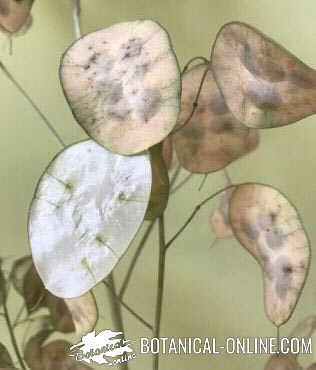
For example, if we can find out that we have the species Bellis annua, we will know that we have before us an annual daisy, while if the characteristics coincide with Bellis perennis we will know that it is perennial daisy.
The botanical guide will tell us that the latter has all the leaves arranged in a basal rosette, without branching, from which a single flower emerges (flower head) that blooms from March to November.
The Bellis annua species, being an annual species, normally appears with stems with some ramifications, from which a few leaves are born, and does not usually present a basal rosette. In addition, the latter can present several flowers (flower heads) that are born in spring, between the months of March to June.
Where can annual plants be found?
In gardening we have many specimens of annuals or what are known as “seasonal flowers”. Many annuals are easily recognizable as they are very common annual crops. It is enough to visit some orchards to realize that gardeners must plant them every year.
Annual weed or ruderal plants
The following types of annual plants are distinguished:
- Annual weeds or wild plants
- Annual ruderal plants
Annual weeds or wild plants
Weed or wild annuals are annual wild grasses (with fast growing, short cycle in one year from germination to seed), which can grow anywhere, and are especially abundant in areas where perennial weeds do not grow. The latter exercise great competition and when they grow properly they end up eliminating them. For this reason, annual herbs are the main components of crop fields where cleaning works eliminate perennials. They are very common in orchards, gardens, cultivated fields, terraces, etc.
Some annuals are especially cosmopolitan and can be found next to tree trunks or even in small cracks in pavement, walls, etc. This is the case of groundsel (Senecio vulgaris) whose yellow flowers and white pappus adorn the few available spaces of towns or cities. Other plants included in this section may be annual wall-rocket (Diplotaxis muralis), yellow melilot (Melilotus officinalis), sow thistles (Sonchus sp.) or bearsfoot (Acanthus mollis L.).
Annual ruderal plants
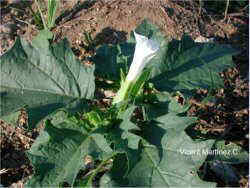
Ruderal annuals are those that have a small size, little branching, and that, like the rest of annuals, are fast growing and complete their cycle in one year. Many of them contain alkaloids or other components that make them poisonous plants. For example, blackberry berry nightshade (Solanum nigrum) or the henbane (Hyoscyamus niger).
They can be found abundantly in manure dumps, walls, abandoned lots and places in general with abundant organic matter, although in these places biennial plants tend to be more abundant, not so much perennial ones, as common nettle (Urtica dioica), garden angelica (Angelica archangelica) or mallow (Malva sylvestris).
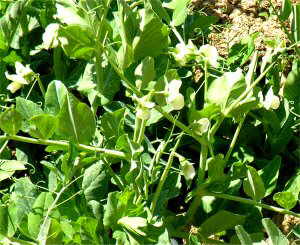
Among these plants we have some as common as white mustard (Sinapis alba) or annual nettle (Urtica urens). These types of plants are called ruderal annuals.
How do annual plants survive?
The enormous resistance capacity of annual plants is clearly seen in those vegetables that are popularly known as “weeds”. The resistance of these plants is based on the production of an enormous quantity of seeds. Many of them can produce several generations in a single season like shepherd’s purse (Capsella bursa-pastoris).
Some have seeds that can only germinate when they are in the upper layers of the soil. In this way they can remain dormant for many years. When the soil is removed and moved to the upper layers they begin to germinate. All this implies that the work to eliminate them must be constant.
![]() More information on plant characteristics and types
More information on plant characteristics and types

